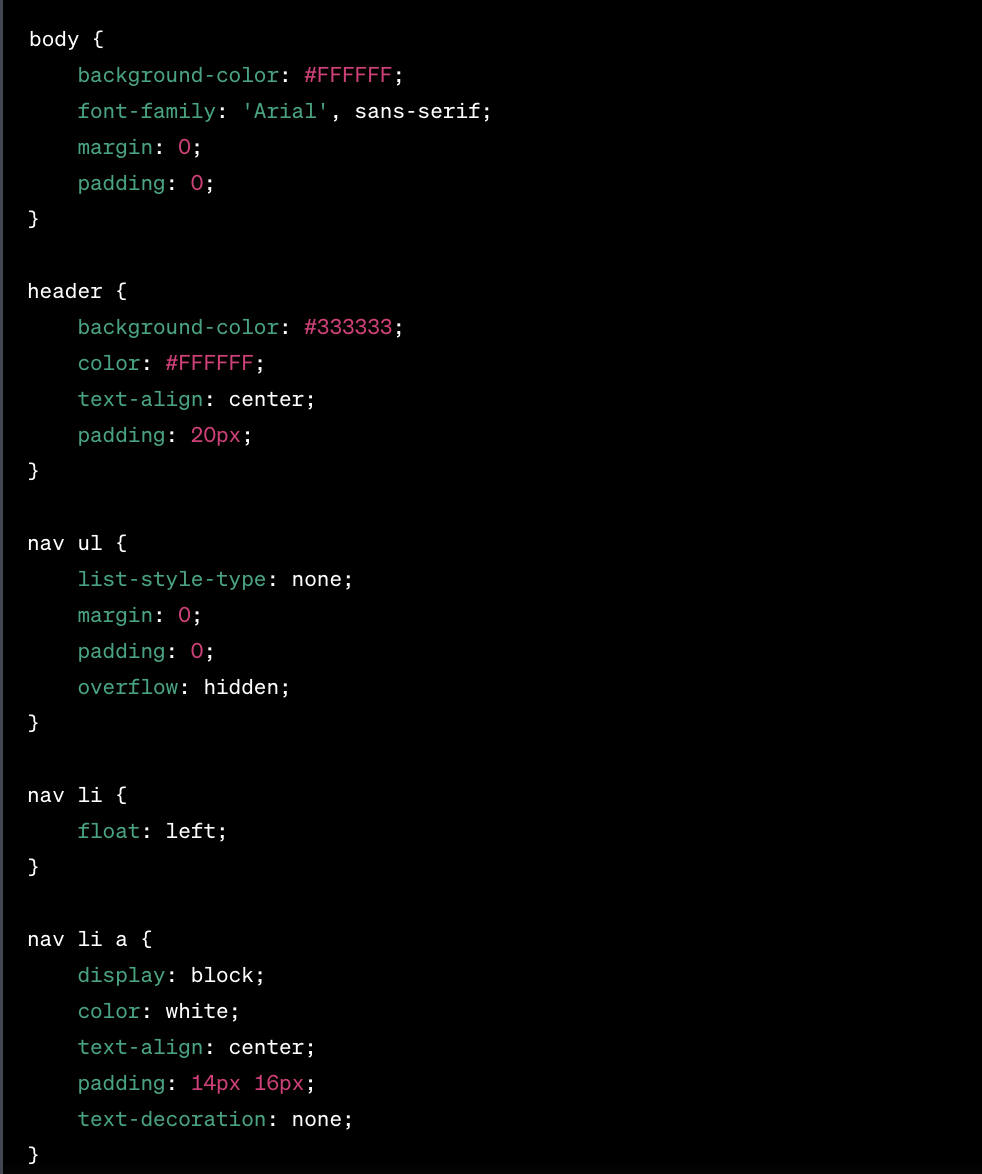CSS Compression
CSS Compression stands tall in the fast-paced web world, where every byte counts, and users demand near-instantaneous load times. This vital tool ensures your website remains lightweight and elegant, delivering a top-tier user experience by seamlessly optimizing the fabric of your site's design.
What is CSS Compression?
Picture an artist refining a vast canvas, removing excess paint to create a clear masterpiece. Similarly, CSS Compression streamlines your website's style by truncating the cascading style sheets (CSS). By removing extra spaces, comments, and codes, the process reduces the overall size of your CSS files, ensuring they're transmitted and processed faster.
Before CSS Compression:

After CSS Compression:

Why is CSS Compression Important?
In the digital arena, every millisecond matters. Bulky CSS can slow a website's loading time, turning eager visitors into impatient click-aways. Compressed CSS speeds up website rendering and conserves bandwidth, making it indispensable for mobile users and those with limited internet capacities.
CSS Compression in Practice
When a user accesses a website, the trimmed CSS files are fetched quickly, consuming less bandwidth. Once fetched, the browser processes these files, rendering the website full of visual splendor. This rapid transformation from a compressed state to a full rendition remains invisible to users, who only perceive an impressively fast-loading site.
Implementing CSS Compression: Path to Optimal Loading Speed
- Evaluate Your Stylesheets: Use online tools to gauge your CSS size and pinpoint compression opportunities.
- Select a Compression Method: Various tools and libraries, like CSSNano or CleanCSS, offer specialized CSS compression.
- Incorporate Into Your Workflow: Integrate CSS compression into your development workflow, ensuring it’s part of your standard optimization routine.
- Test the Results: Post-compression, inspect the website to guarantee the visual elements remain undistorted.
Do's and Don'ts For CSS Compression
✅ Do's:- Always Compress: Always resort to CSS compression for improved load times and bandwidth efficiency.
- Maintain Originals: Keep uncompressed versions handy for editing, and use compressed versions for live sites.
- Regular Checks: Ensure regular audits and updates to optimize your CSS as your site evolves.
- Neglect Testing: Always test your site post-compression to detect any visual discrepancies.
- Overcompress: Over-optimizing can sometimes lead to malfunctions; balance is key.
- Ignore Updates: With the web's dynamic nature, stay updated with the latest CSS compression techniques.
Conclusion
In the sprawling digital landscape, CSS Compression is a beacon of efficiency. Shedding unnecessary weight from your site’s aesthetics promises users a seamless and swift browsing experience. Embracing CSS Compression is like tuning a musical instrument, ensuring your website hits the right notes every time, instantly.
FAQs
CSS Compression minimizes the size of your style files, ensuring quicker load times and reduced data transfer, culminating in a swift and smooth browsing experience.
If executed correctly, compression shouldn’t alter the design. However, it’s vital to test post-compression to ensure visual integrity.
Several tools, like CSSNano, CleanCSS, and YUI Compressor, are explicitly designed for CSS compression. Choose one based on your needs and preferences.
Though often used interchangeably, they're distinct. Minification removes unnecessary characters from the code, while compression involves encoding data to reduce file size. Both can be used together for maximum optimization.
Absolutely! Alongside CSS, compressing HTML, JavaScript, and images further enhances your site's speed and performance.
